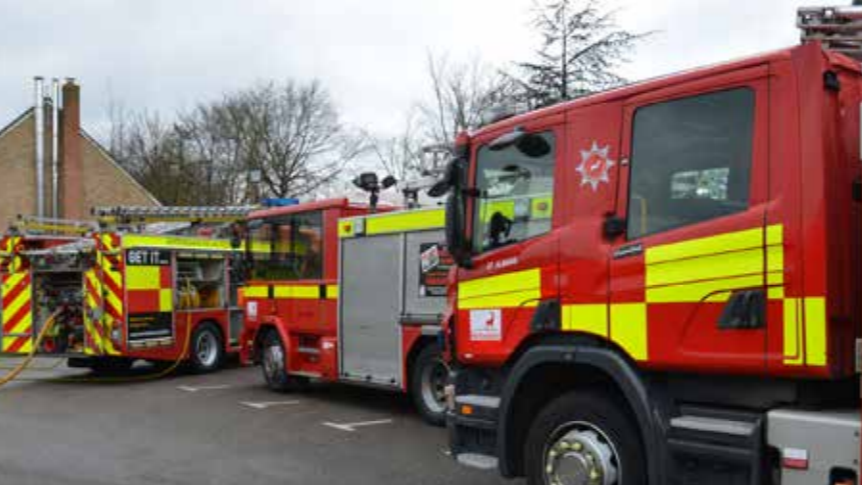Research work supporting visual alarm devices used for fire warning
VAD product test standard
Developing a robust test standard for assessing the performance of VADs, required two key tests:
- a reproducible test to measure the total integrated light output from a flashing device, and
- an operational performance test to quantify the absolute light output in different directions.
As a member of the CEN TC72 working group drafting this EN standard, BRE developed the fundamental experimental tests that form Annex A and B of the now published standard, EN 54-23:2010 (available from BSI online).
Manufacturer’s guidance
EN 54-23 proved to be a challenging standard as the performance requirements of VADs are significantly more demanding than those of the Visual Indicating Devices (VIDs) that manufacturers had been accustomed to producing. To provide manufacturers with guidance on complying with the standard and optimising the performance of their VADs, BRE performed an investigative study and produced an Information Paper
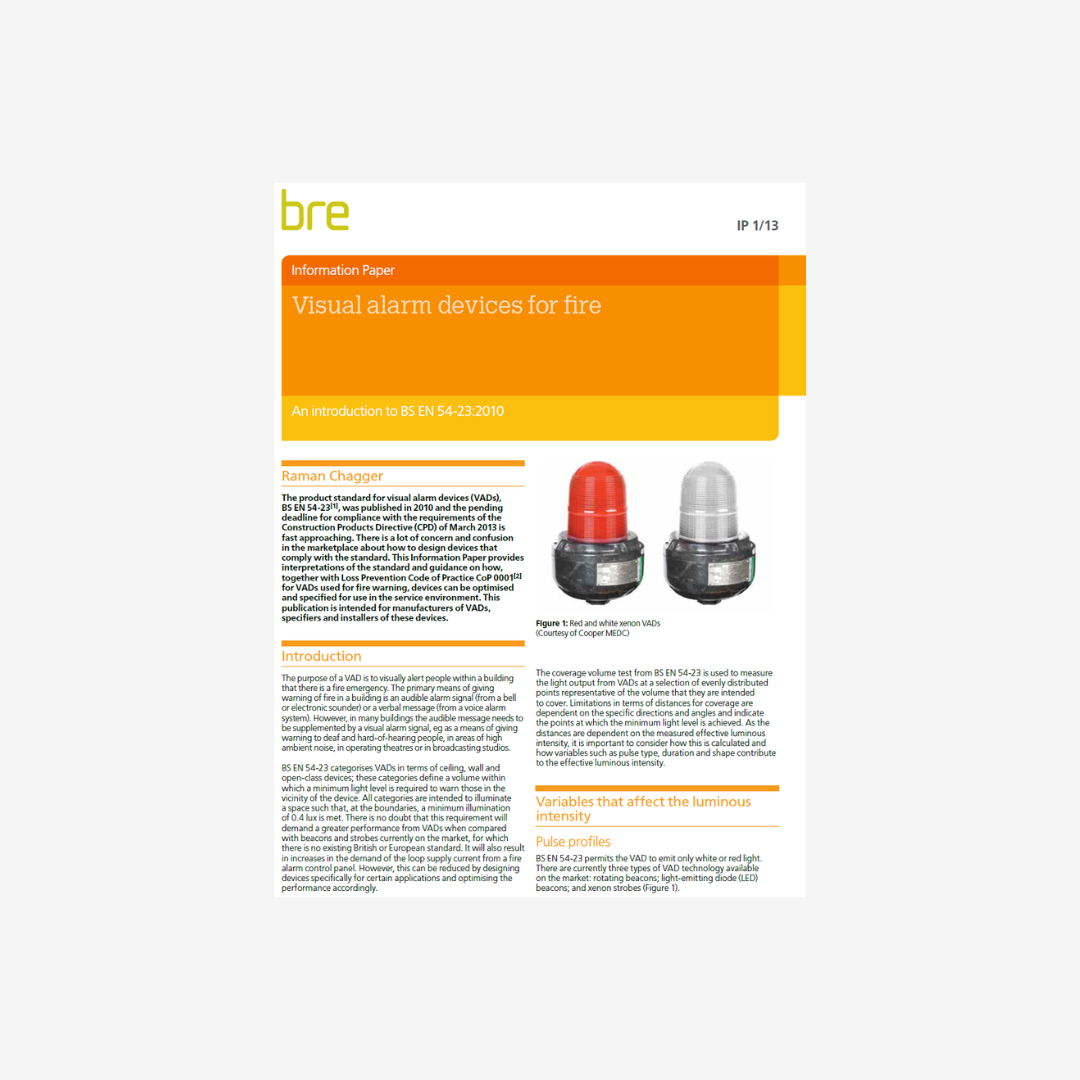
Manufacturer’s guidance
With the product standard and guidance for manufacturers in place, and approved VADs about to enter the market, the Fire Industry Association (FIA) and BRE agreed that guidance was needed for specifiers, installers and maintainers of fire detection systems.
In partnership with the FIA and a number of its members, BRE performed a series of tests in the BRE test rooms and at on-site installations, to understand the factors (such as ambient light levels and room sizes) that influence VADs’ ability to deliver effective visual warnings. This led to publication of the code of practice, LPCB CoP0001, which is referenced in the BS5839-1 code for fire detection systems.
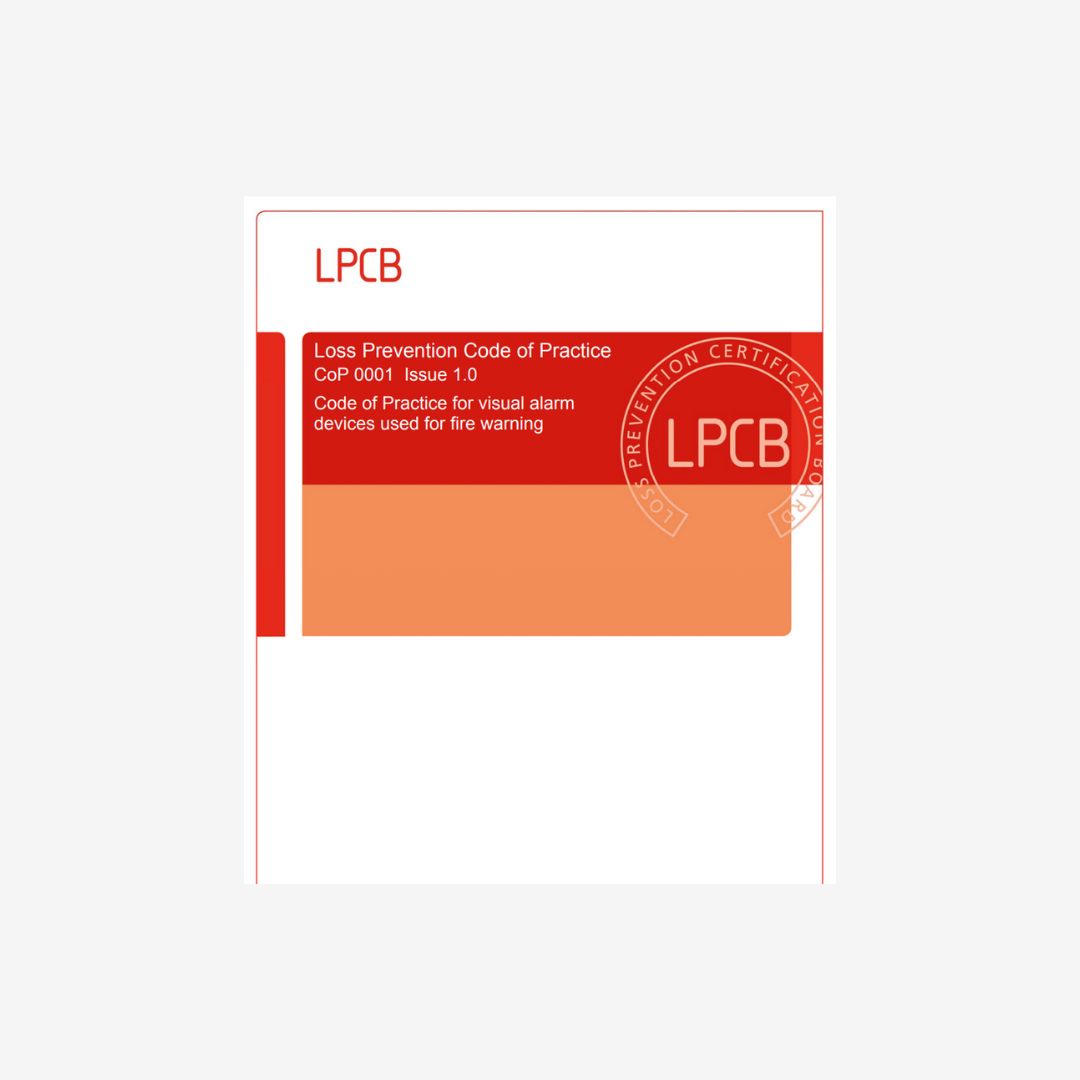
Further research
Following this wide ranging work in support of VADs, a private research study has been performed to assess how the pulse duration of LED VADs influence the effectiveness of warnings available here. Further work is currently in progress to identify how factors such as ambient light levels, colours of VADs and orientation of people relative to VADs, all contribute to providing effective visual warning.
We kindly request that you do not download and circulate the documents mentioned on this page, but instead inform your colleagues and others of this URL. That will help us to gauge the level of interest in our publications and enable readers to provide feedback.
If you would like to be kept informed about new related publications and the latest industry news, please register to receive our monthly e-newsletters.
BRE is keen to obtain your views about these publications. We would be grateful if you could spare one minute of your time to give your feedback. Thank you.
Browse more from our latest reports:

An investigation into factors that influence the effectiveness of Visual Alarm Devices
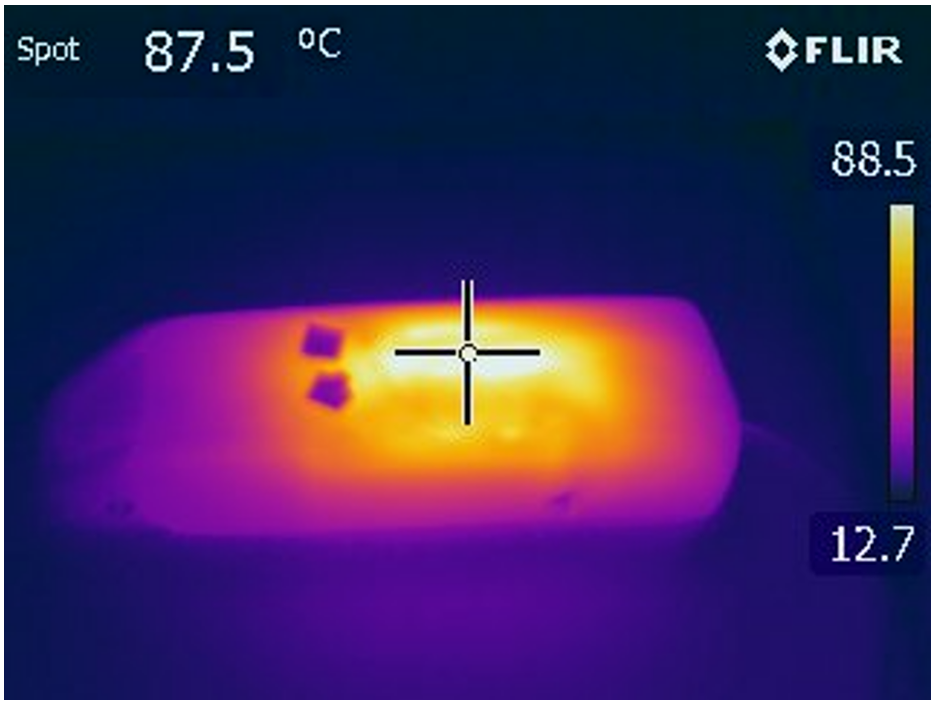
E-scooter and e-bike lithium-ion battery fires
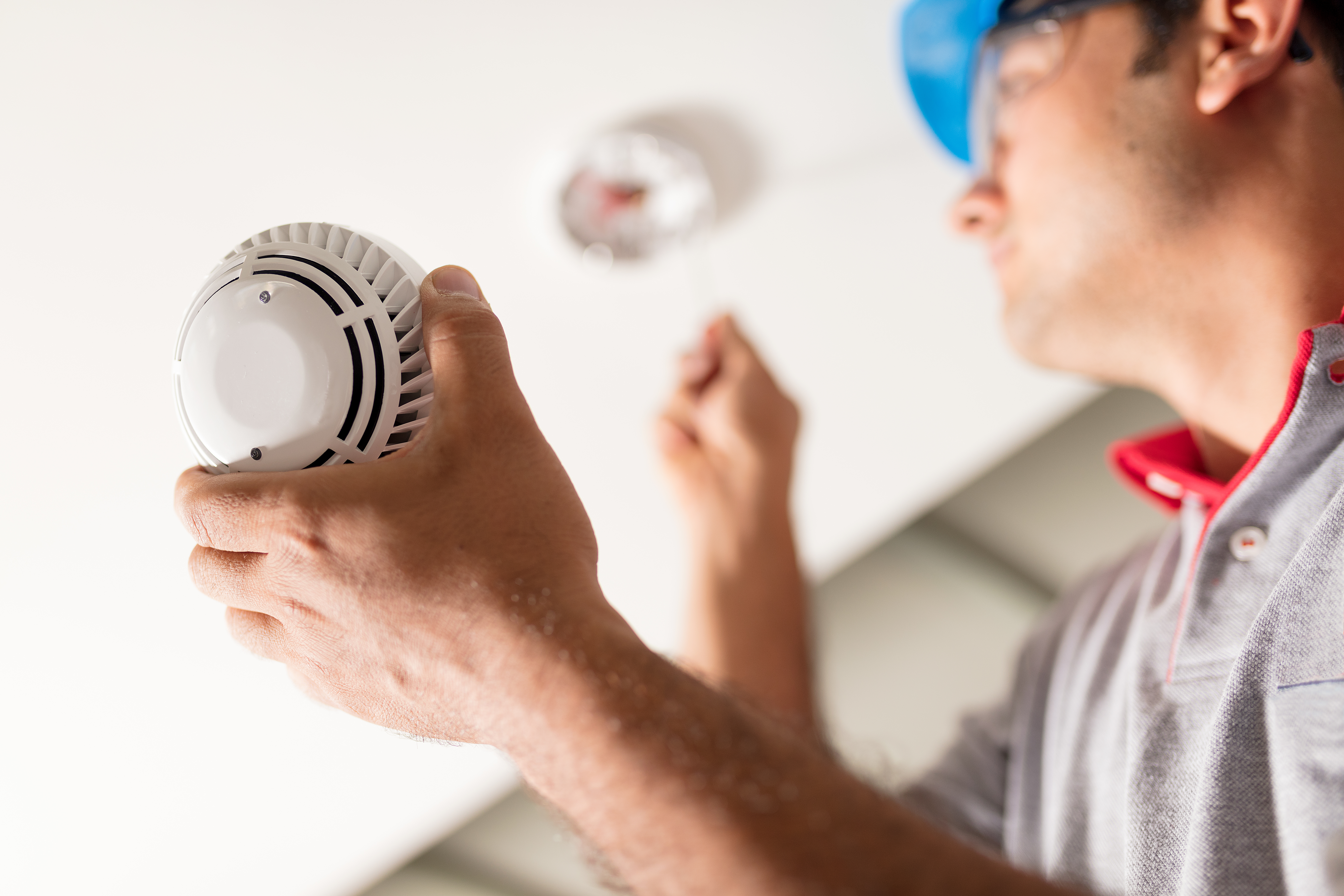
Determining the optimum replacement periods of optical smoke detectors and alarms
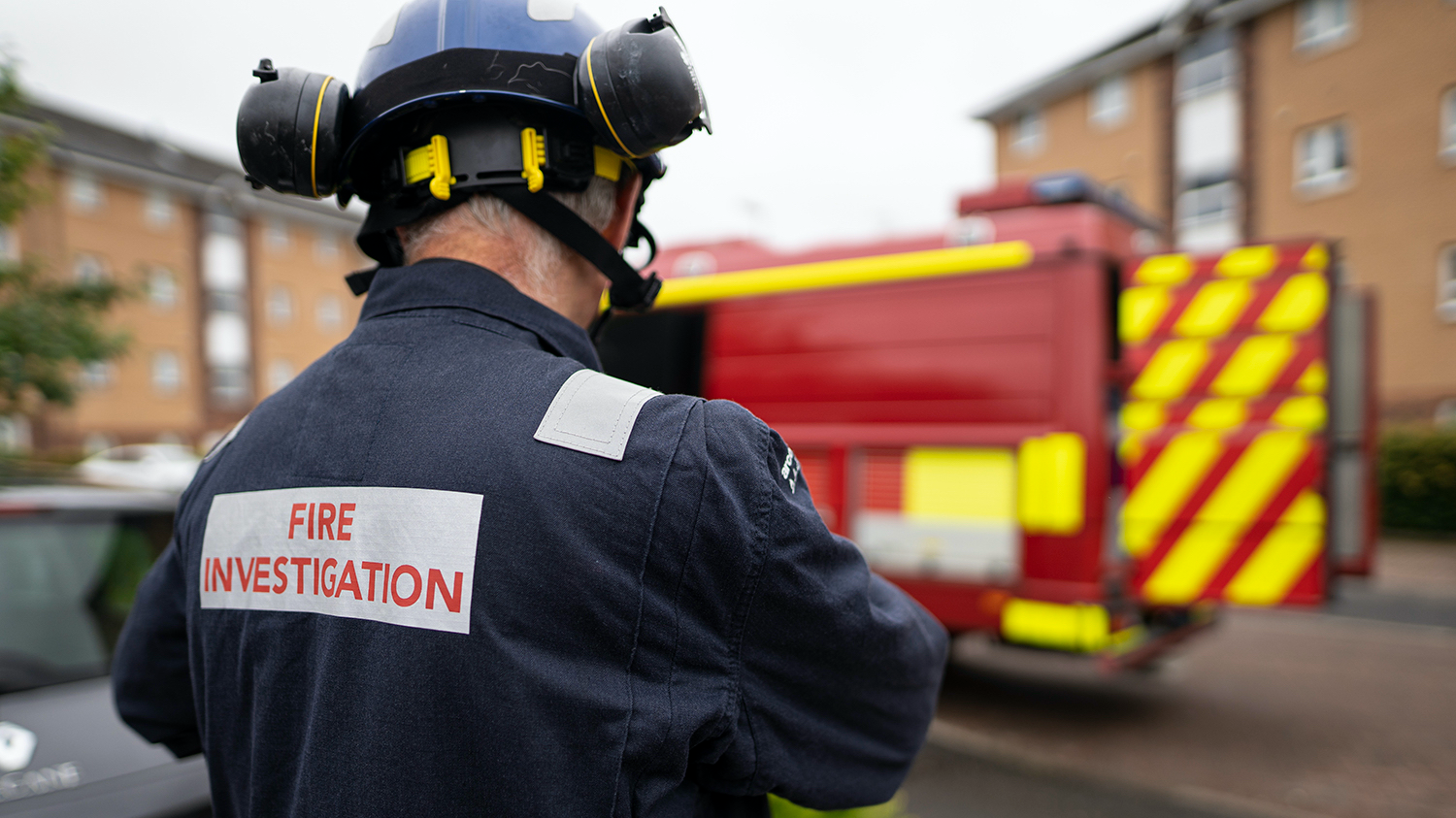
Fire fatalities in Scotland and recommendations to help reduce them – Final Phase: Review of Fire Investigation reports

The causes of fire fatalities and serious fire injuries in Scotland and potential solutions to reduce them – Phase 1: IRS review
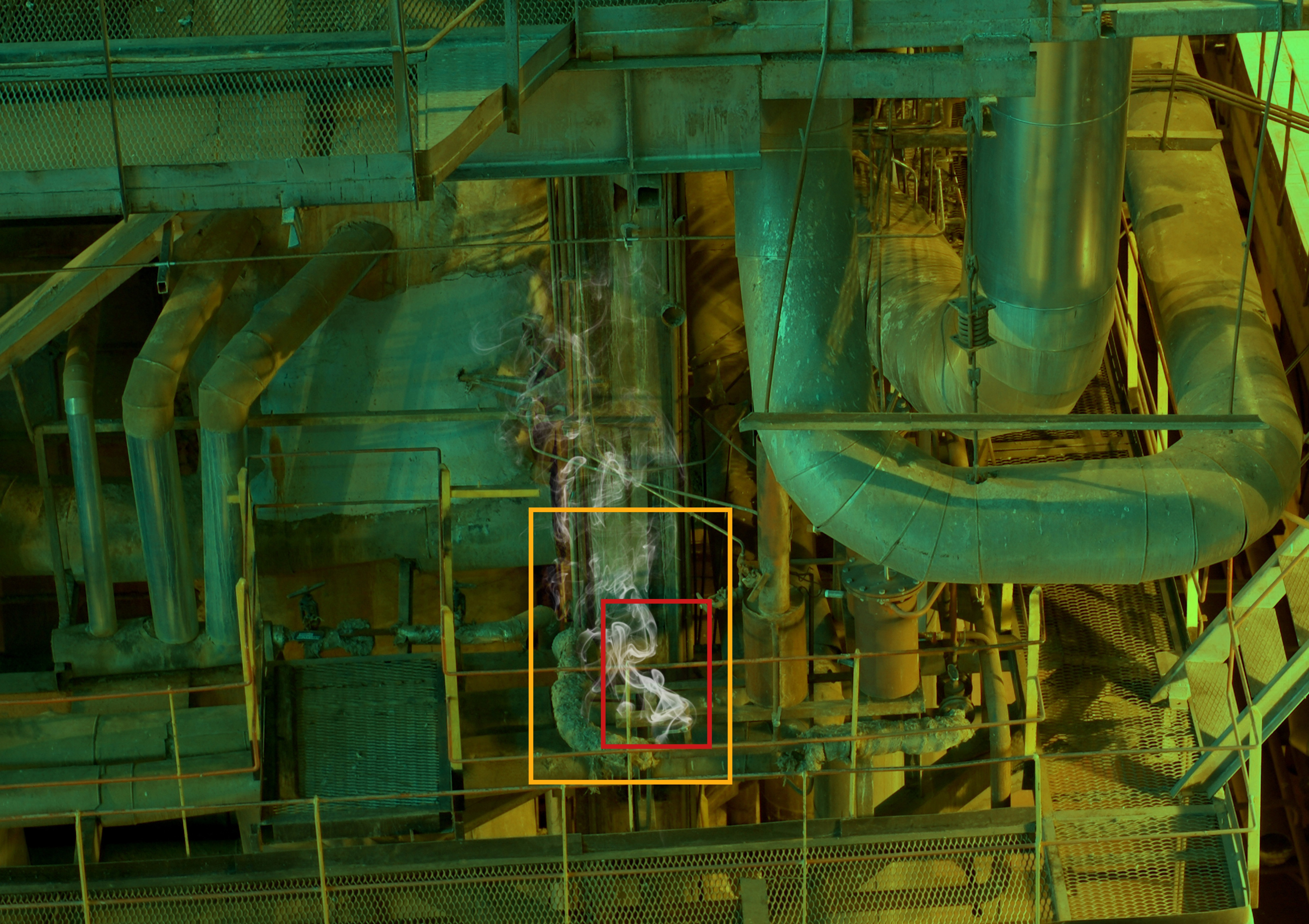
The development of test methods to assess video flame and video smoke detectors
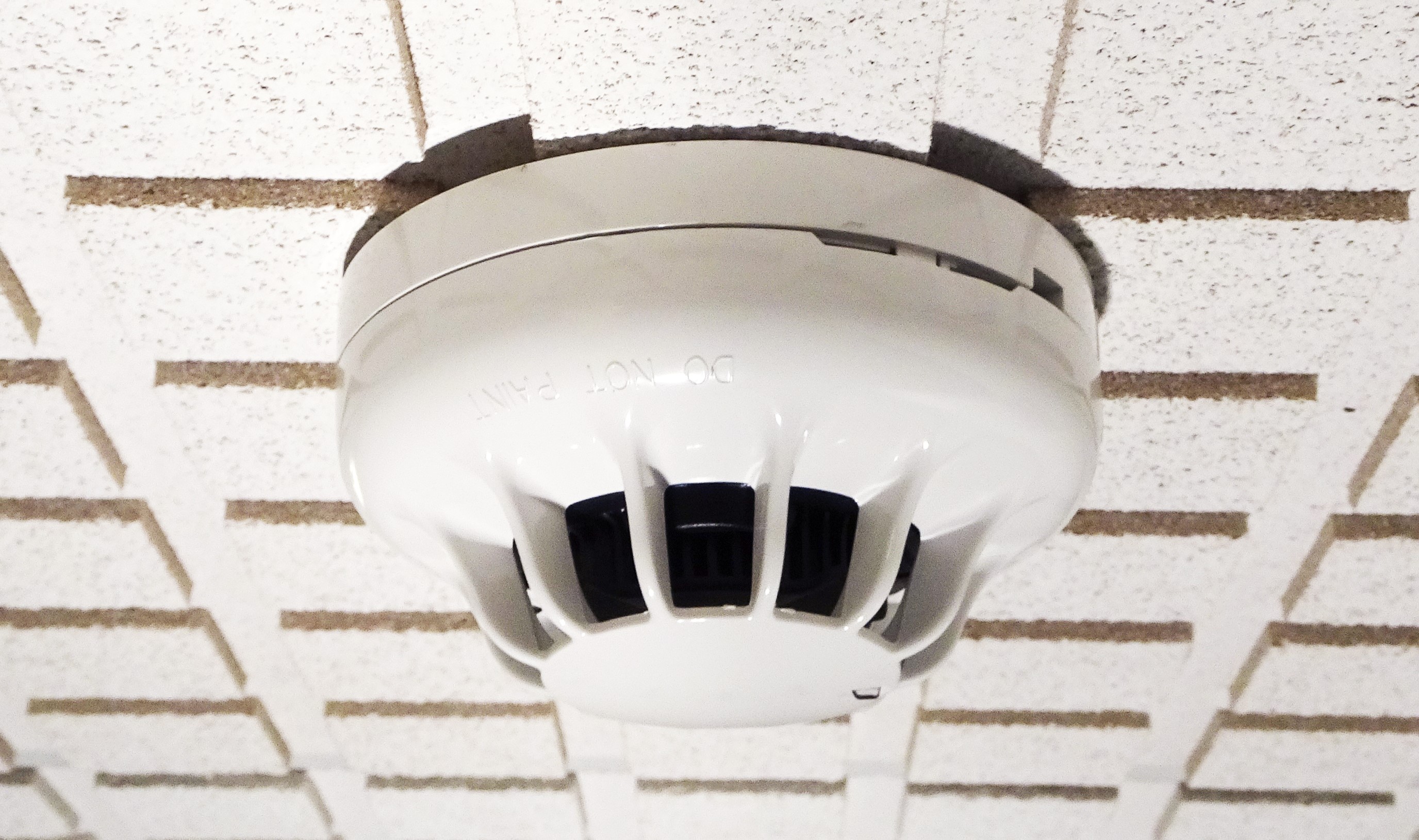
The performance of multi-sensors in fire and false alarm tests
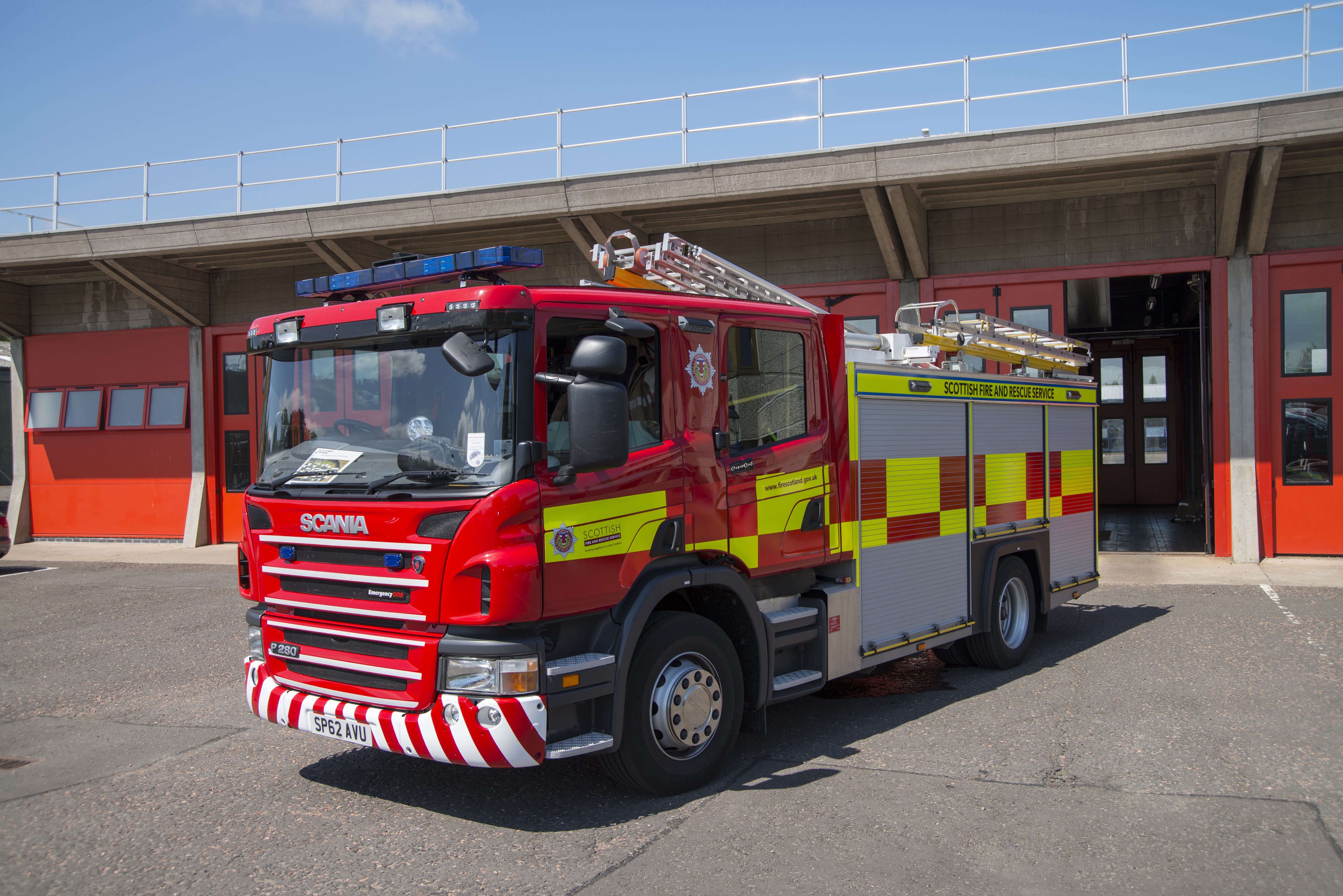
Live investigations of false fire alarms

Visual alarm devices - their effectiveness in warning of fire
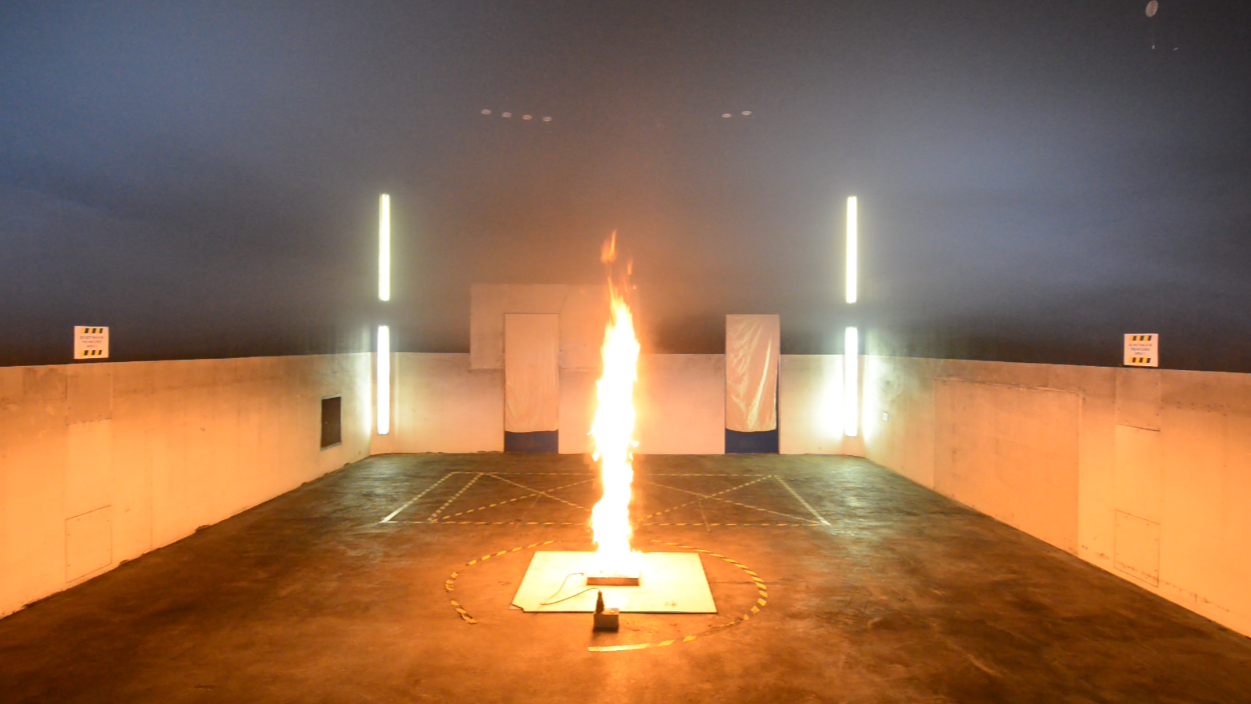
Characterising the smoke produced from modern materials and evaluating smoke detectors
